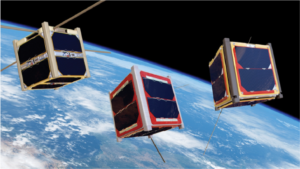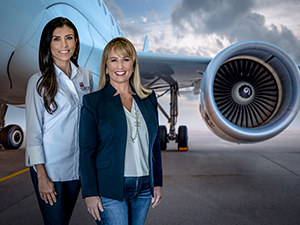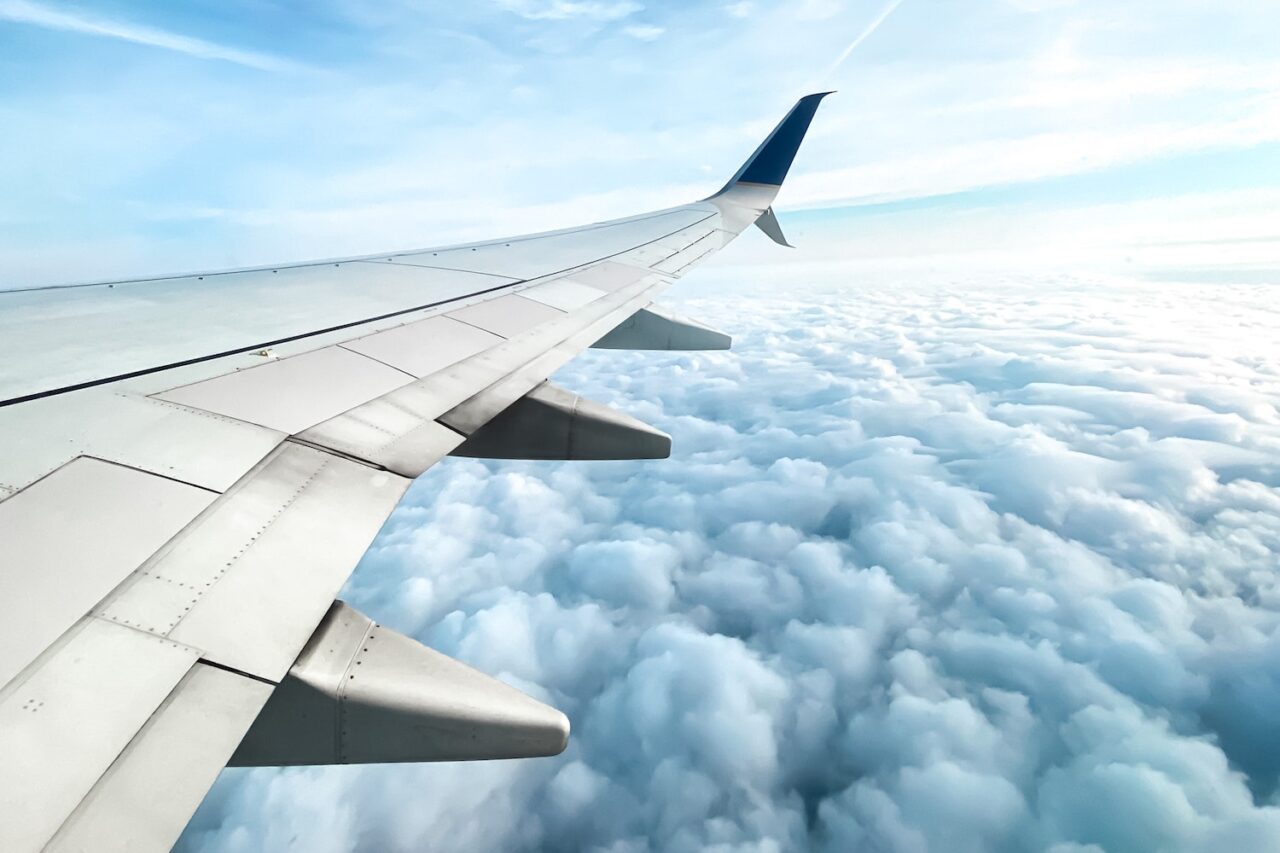Materials exposed to the extreme space environment must tolerate temperatures, gravity, radiation and pressure that are completely different to those on Earth. Coating and paint manufacturers must produce products to encapsulate parts and surfaces and to remain stable without outgassing (the release of molecules from the paints and coatings that can migrate onto sensitive equipment). Applications requiring protective paints and coatings must be launched and left in orbit for years, sometimes, without any opportunity to inspect or maintain it. The durability of sensitive components can be significantly enhanced by encapsulating it with Nycote 7-11 or Nycote-99 clear light-weight cross-linked hybrid polymer-nylon coatings.
Benefits:
- Cross-linking provides strong 3-dimensional structures and allows for custom coating features
- Adheres to metal, composites, fabrics, plastics, and more
- Provides self-leveling technology and a void-free impenetrable barrier
- Protects parts and systems from extreme environments, microscopic dust, friction, abrasion, or corrosion
- Long lasting & cost-effective solutions
- 60 Years of Experience in Aerospace Collaborations
Negative Impact of Mass Loss in Space
When placed in a vacuum (as in space), polymeric materials lose mass due to sublimation. This mass loss has two main negative impacts:
- It alters the performance of the polymer by loss of part of its composition to evaporation.
- The lost mass can be deposited on other parts, such as optical equipment and critical components, which can degrade their performance.
Requirements for Space Worth Paints and Coatings
Paints and coatings must pass outgassing requirements to be considered space worthy as follows:
- Coating mass loss can be determined through measuring the mass lost in a vacuum at elevated temperature. Test methods for this include ESA ECSS-Q-ST-70-02C: “Thermal vacuum outgassing test for the screening of space materials.”
Two Critical Measures for Space Application
- RML (Recovered Mass Loss): Mass loss after water absorption during post-conditioning (relative to initial sample mass). The result should be <1%.
- CVCM (Collected Volatile Condensable Material): mass gain of collectors relative to initial sample mass. The result should be <0.1%
Nycote 7-11 & Nycote 99 EcoShield Qualifications
Nycote 7-11 and Nycote 99 EcoShield have been tested by an ESA-qualified laboratory with bake out at 100°C for 24 hours at atmospheric pressure. This procedure drives out volatile compounds quickly. Results obtained for Nycote 7-11 & 99 to ECSS-Q-ST-70-02C under these conditions are RML 0.888% CVCM 0.058%.
Results show outgassing within the ESA requirements (ASTM E595-15 equivalent). 0.1% CVCM requirement is for outgassing, the limit can be reduced by the designer, and in those cases, the total mass of product used on the equipment would be taken into account.
Nycote has 60 years of experience in aerospace coating manufacturing and a trusted OEM reputation on jet aircraft and Space Shuttle applications. Nycote pursues new space applications, such as conformal coating for electrical components, coating to enhance the durability of commercial components used to reduce the cost of large scale launch programs, applications in need of lightweight materials to launch payloads into LEOs, applications requiring void-free encapsulation technology, thermal protection, enhanced electrical performance capacity, and coating lightweight materials that need additional protection from radiation, AO, and extreme temperatures.
About Nycote
Nycote coating and resin products provide an excellent barrier from all degradative environments and can increase safety and part life-span with complete encapsulation technology. Please contact sales@nycote.com or call +1 (818) 764-9498.


